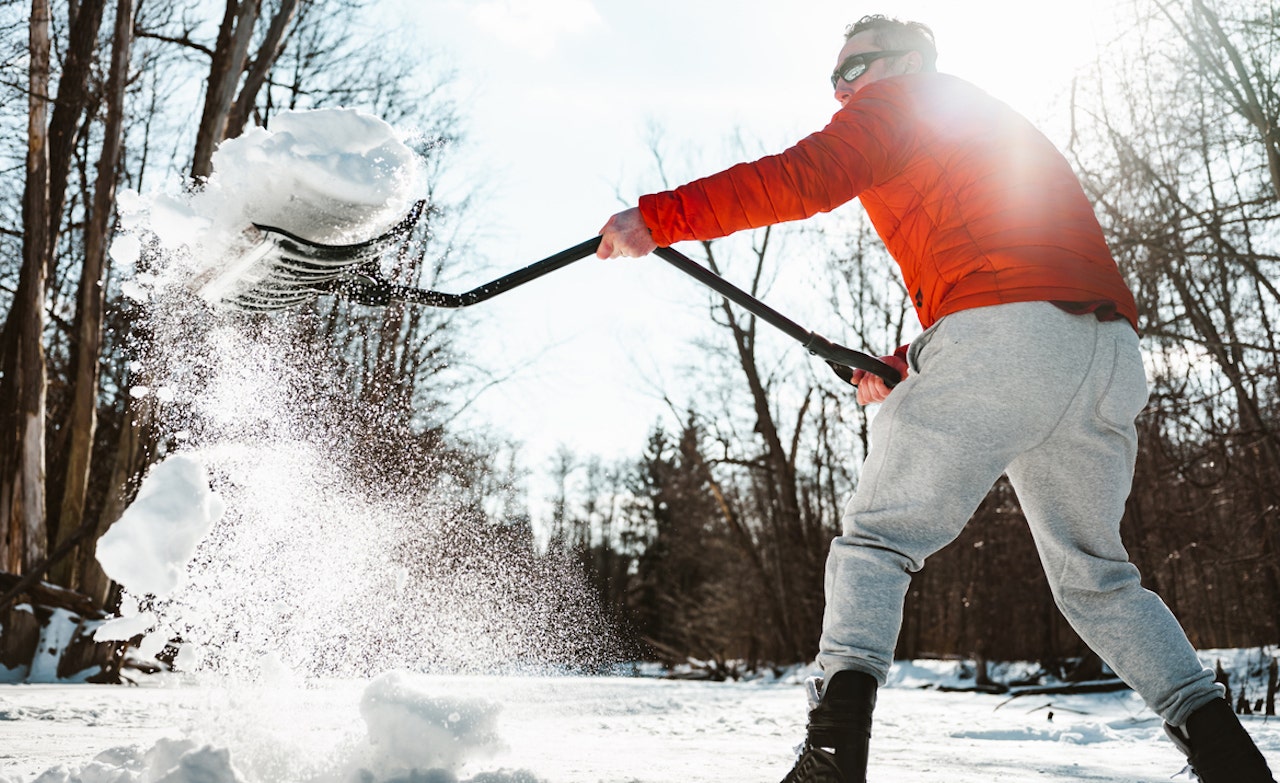Winter brings with it the serene beauty of snow-covered landscapes, but it also comes with the arduous task of snow shoveling. While the act of clearing snow may seem harmless, it can pose serious health risks if not approached with caution. From cardiac issues to orthopedic injuries, snow shoveling has been labeled as one of the most perilous winter activities. To navigate this task safely and prevent potential health hazards, it’s essential to be well-informed and equipped with the right strategies. In this article, we will delve into the reasons behind the dangers of snow shoveling and explore expert-backed tips to minimize these risks effectively.
Why is shoveling snow so dangerous?
Dr. Bradley Serwer, a cardiologist and chief medical officer at VitalSolution, emphasizes that the winter season presents a heightened risk of cardiovascular issues. Factors such as reduced physical activity, frigid temperatures, and increased strain on the body during shoveling contribute to this risk. The physical demands of shoveling snow are often underestimated, leading to significant strain on the cardiovascular system. Additionally, cold temperatures can constrict blood vessels, elevating blood pressure and further burdening the heart. Dehydration and the prevalence of slick conditions also contribute to the peril associated with snow shoveling.
Tips to reduce risk while shoveling snow
To mitigate the potential health perils of snow shoveling, Dr. Serwer and Sarah Lee, M.D., an emergency medicine physician, impart valuable insights and precautionary measures:
Dress in Layers and Be Mindful of Frostbite Signs
Wearing layers of clothing, including coats, hats, scarves, and gloves, is recommended to ensure protection from the cold while preventing overheating. It’s crucial to be vigilant for early signs of frostbite, particularly in areas such as fingers, toes, and the nose. Immediate relocation to a warm environment and changing into dry clothes is advised if symptoms of frostbite manifest.
Stay Hydrated and Warm Up
Maintaining hydration and avoiding alcohol and tobacco products during snow shoveling is crucial. Prior to engaging in the task, warming up with stretches can effectively prepare the muscles and joints for the physical exertion involved in shoveling.
Lift with Your Legs and Know Your Limits
When lifting heavy amounts of snow, it’s essential to utilize proper lifting techniques by engaging the leg muscles to prevent straining the back. For individuals who are not regularly active, exercising caution and taking adequate breaks during shoveling are emphasized. Knowing one’s limits and avoiding overexertion is pivotal in reducing the risk of injuries.
Beware of Slippery Surfaces and Seek Professional Help if at High Risk
Vigilance against black ice and ensuring accessibility to a means of seeking help, particularly for elderly individuals, is emphasized by Dr. Lee. Additionally, individuals with mobility-limiting conditions or a history of cardiac problems are advised to consult with a healthcare professional before embarking on snow shoveling tasks. For those at a high risk of cardiac events, delegating the task to a capable individual is recommended.
In conclusion, while the act of snow shoveling is unavoidable for many during the winter season, the associated health risks can be significantly mitigated through informed and cautious approaches. By understanding the factors that make snow shoveling dangerous and implementing the recommended safety measures, individuals can effectively protect themselves from potential health hazards while clearing snow. Taking proactive steps to prioritize safety and well-being during this winter chore is paramount in ensuring a healthy and risk-free experience.
By incorporating these expert-backed tips and strategies into your snow shoveling routine, you can confidently navigate this task and safeguard your health amidst the winter wonderland.


